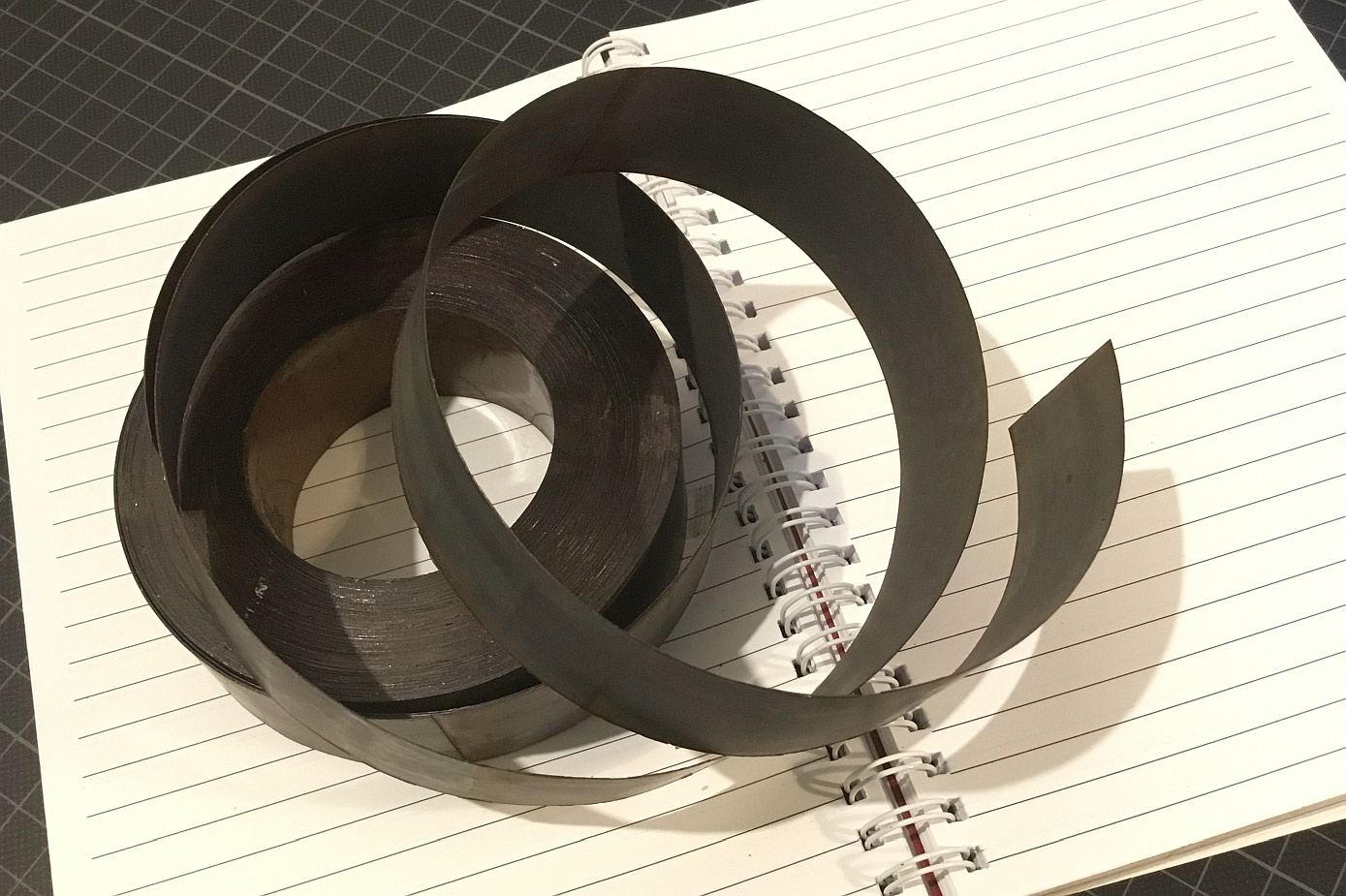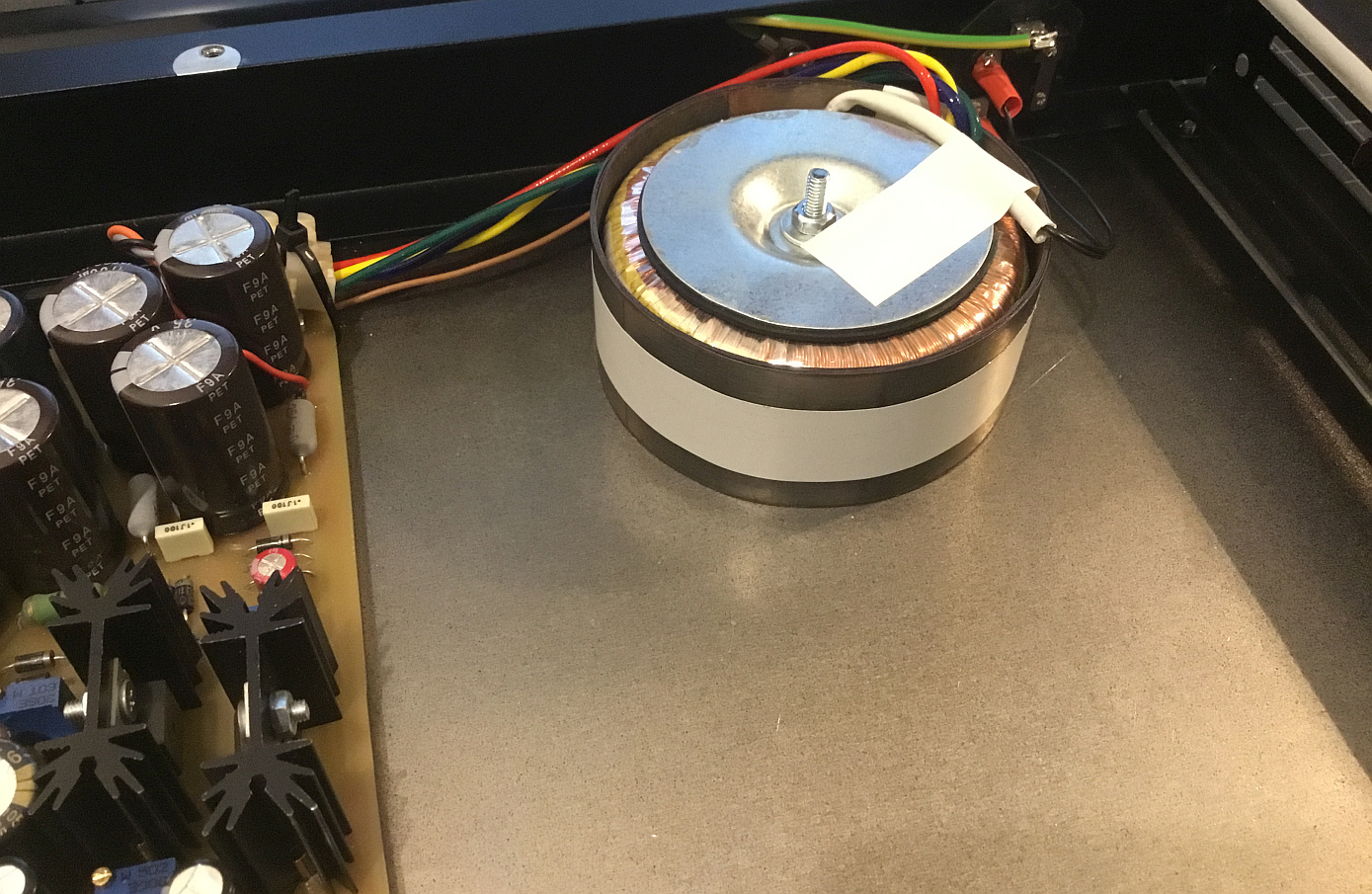Oh, one more question. If implementing the Hold function, the middle pad and ground/square pad of the Auto-release section must be jumped, right? (The guide says to do this "if not using auto release"). Or should all three of the auto-release pads remain unconnected if implementing Hold?
I posted several months ago my plan to make my unit switchable between auto-release and hold (either/or/neither), and upon revisiting that plan I realized that I need to adjust one connection on my switch, but the answer to the question above will determine exactly how I do it.
Sorry to bombard the thread with questions today!
EDIT: Upon yet another pass through the manual, I think that these pads are meant to be fully disconnected when implementing Hold.
I posted several months ago my plan to make my unit switchable between auto-release and hold (either/or/neither), and upon revisiting that plan I realized that I need to adjust one connection on my switch, but the answer to the question above will determine exactly how I do it.
Sorry to bombard the thread with questions today!
EDIT: Upon yet another pass through the manual, I think that these pads are meant to be fully disconnected when implementing Hold.
























![Soldering Iron Kit, 120W LED Digital Advanced Solder Iron Soldering Gun kit, 110V Welding Tools, Smart Temperature Control [356℉-932℉], Extra 5pcs Tips, Auto Sleep, Temp Calibration, Orange](https://m.media-amazon.com/images/I/51sFKu9SdeL._SL500_.jpg)












